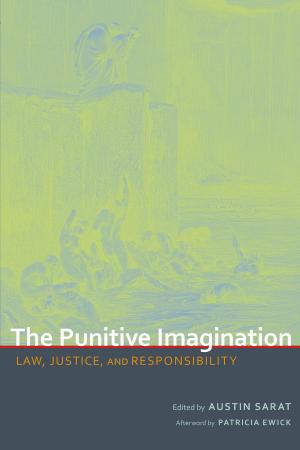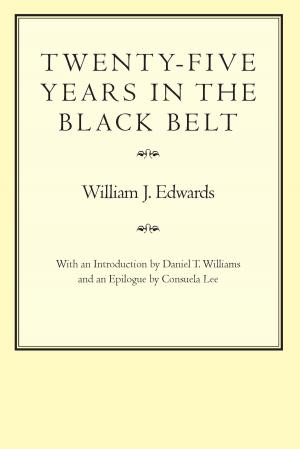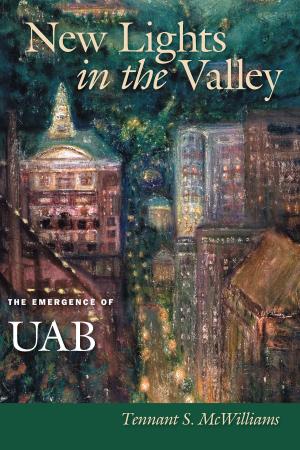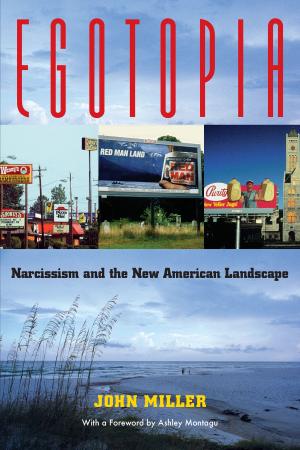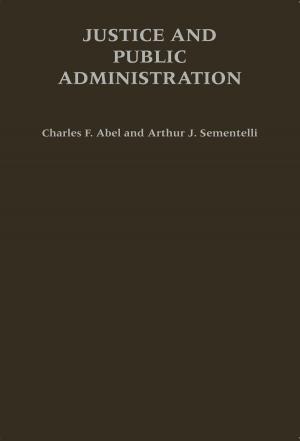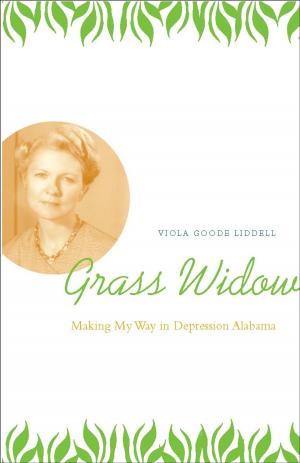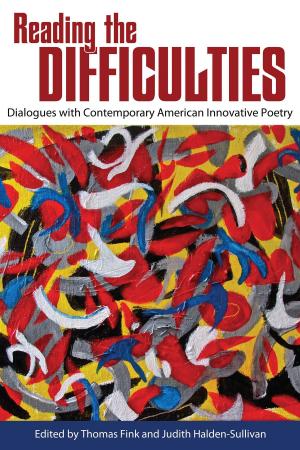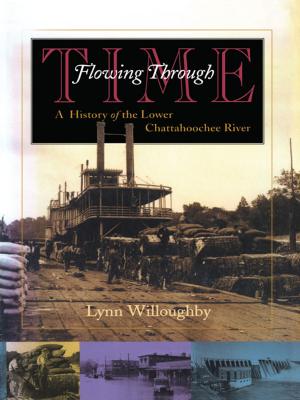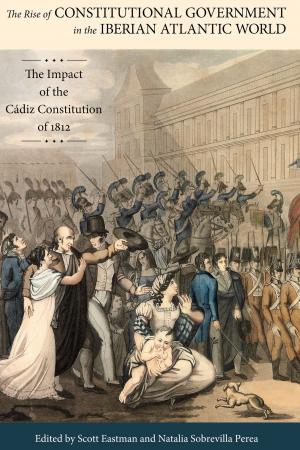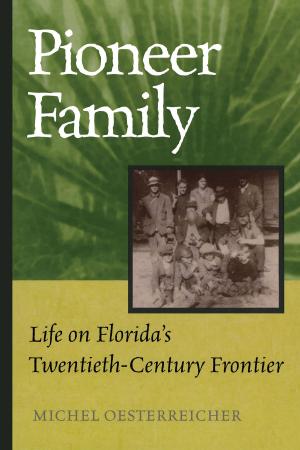Crafting Prehispanic Maya Kinship
Nonfiction, Social & Cultural Studies, Social Science, Archaeology| Author: | Bradley E. Ensor | ISBN: | 9780817386443 |
| Publisher: | University of Alabama Press | Publication: | November 28, 2012 |
| Imprint: | University Alabama Press | Language: | English |
| Author: | Bradley E. Ensor |
| ISBN: | 9780817386443 |
| Publisher: | University of Alabama Press |
| Publication: | November 28, 2012 |
| Imprint: | University Alabama Press |
| Language: | English |
By contextualizing classes and their kinship behavior within the overall political economy, Crafting Prehispanic Maya Kinship provides an example of how archaeology can help to explain the formation of disparate classes and kinship patterns within an ancient state-level society.
Bradley E. Ensor provides a new theoretical contribution to Maya ethnographic, ethnohistoric, and archaeological research. Rather than operating solely as a symbolic order unobservable to archaeologists, kinship, according to Ensor, forms concrete social relations that structure daily life and can be reflected in the material remains of a society. Ensor argues that the use of cross-culturally identified and confirmed material indicators of postmarital residence and descent group organization enable archaeologists—those with the most direct material evidence on prehispanic Maya social organization—to overturn a traditional reliance on competing and problematic ethnohistorical models.
Using recent data from an arch aeological project within the Chontalpa Maya region of Tabasco, Mexico, Ensor illustrates how archaeologists can interpret and explain the diversity of kinship behavior and its influence on gender within any given Maya social formation.
By contextualizing classes and their kinship behavior within the overall political economy, Crafting Prehispanic Maya Kinship provides an example of how archaeology can help to explain the formation of disparate classes and kinship patterns within an ancient state-level society.
Bradley E. Ensor provides a new theoretical contribution to Maya ethnographic, ethnohistoric, and archaeological research. Rather than operating solely as a symbolic order unobservable to archaeologists, kinship, according to Ensor, forms concrete social relations that structure daily life and can be reflected in the material remains of a society. Ensor argues that the use of cross-culturally identified and confirmed material indicators of postmarital residence and descent group organization enable archaeologists—those with the most direct material evidence on prehispanic Maya social organization—to overturn a traditional reliance on competing and problematic ethnohistorical models.
Using recent data from an arch aeological project within the Chontalpa Maya region of Tabasco, Mexico, Ensor illustrates how archaeologists can interpret and explain the diversity of kinship behavior and its influence on gender within any given Maya social formation.

